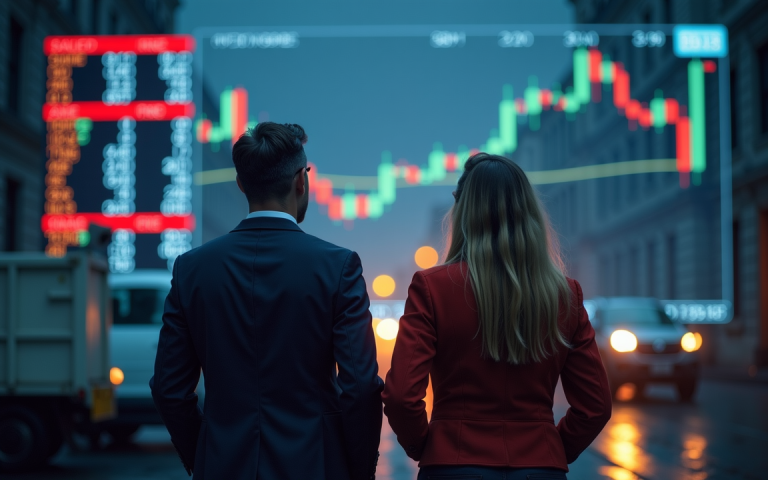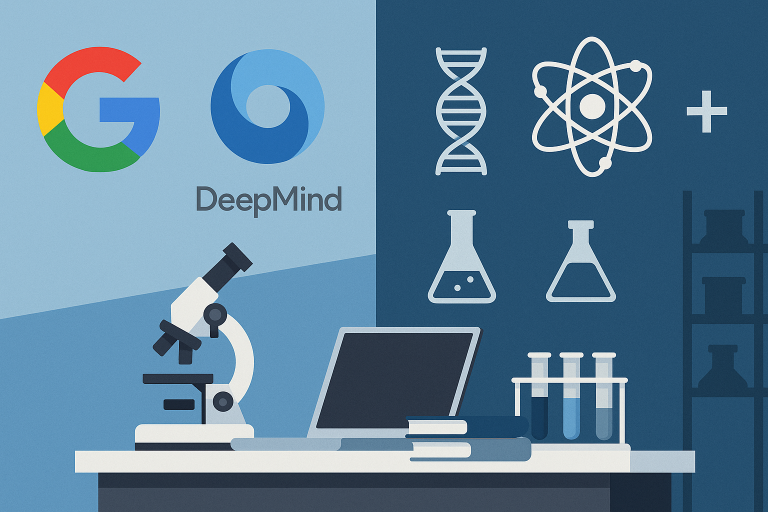Broadcom stock price suffered a 5% reversal on Friday, a day after the company published strong financial results, and analysts remained optimistic about its future. AVGO dropped to $385, down from the all-time high of $412. So, it safe to buy the dip?
Broadcom published strong financial results
Broadcom, one of the biggest companies in the world, released strong results and boosted its forward guidance.
The company said that its revenue rose by 28% to over $18 billion, with its net income hitting $8.5 billion.
Most importantly, the company’s AI business continued to boom, with its AI revenue soaring by 74%. The management believes that this segment’s growth will double to $8.2 billion in the following year, helped by its custom AI accelerators and Ethernet AI.
The ongoing boom helped the company to boost its dividend by 10% to 65 cents, and now plans to have a payout of $2.60, a record level. It will be the fifteenth consecutive year of dividend growth.
Broadcom boosted its forward guidance, with the management expecting the first quarter revenue to grow to $19.1 billion and its adjusted EBITDA being 67% of revenue.
Most importantly, the company said that it had acquired a new large customer for its custom chips and said that Anthropic was the previously unnamed $10 billion revenue customer. As a result, its backlog jumped to over $74 billion.
Analysts are bullish on AVGO stock
Wall Street analysts are highly bullish on Broadcom and its stock. The average estimate is that the company will make $18.3 billion in the first quarter, up by 22.7% from the same period last year.
Most importantly, these analysts expect that the next annual revenue will be $86 billion in the next financial year and $114.59 billion in the next one, representing strong growth for a company that has been in the industry for years.
Wall Street analysts have upbeat estimates about the stock. In a note on Friday, a Baird analyst boosted the estimate to $420 from the previous $300, pointing to its AI business.
Another analyst from Rosenblatt Securities recently boosted the target from $400 to $440, while another one from Oppenheimer raised the estimate to $435.
Some of the other bullish analysts from companies like UBS, Bank of America, Barclays, and Mizuho have all boosted their estimates. More estimates will likely come soon now that the company has already published its earnings report.
Therefore, the Broadcom stock price is falling as investors remain concerned about the AI bubble, which was triggered by the recent Oracle earnings. In particular, investors are concerned about OpenAI, which has placed orders worth over $1 trillion.
Broadcom stock price technical analysis
The daily timeframe chart shows that the AVGO stock price has been in a strong uptrend this year as the AI boom continued.
It jumped to a record high of $413, which is along the upper side of the ascending channel. It has also remained above the 50-day and 100-day Exponential Moving Averages (EMA).
The stock has remained above the 50-day and 100-day Exponential Moving Averages (EMA), while the Relative Strength Index has pointed upwards.
Therefore, the most likely Broadcom stock price forecast is where it retreats to $350 and then resumes the uptrend as its growth accelerates.
The post Broadcom stock slumps after earnings as Wall Street pros remain bullish appeared first on Invezz









